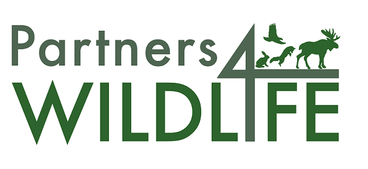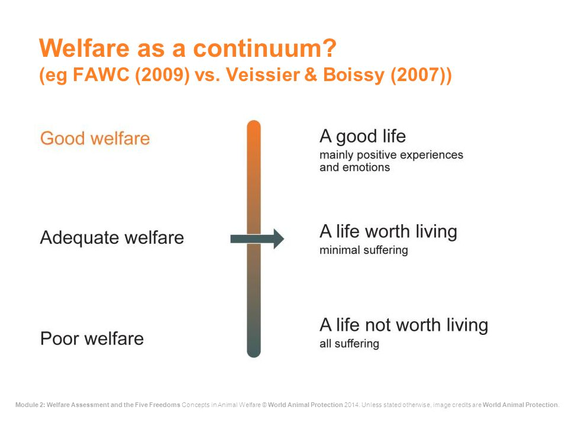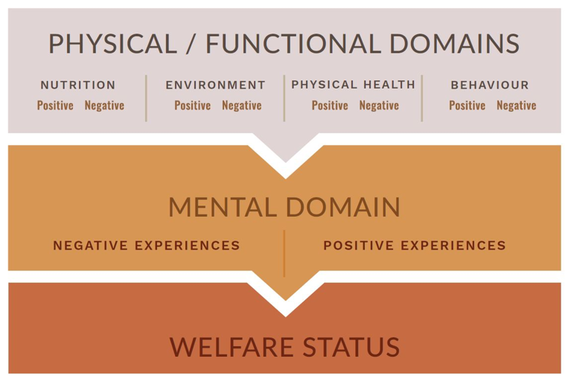About Partners for Wildlife
Partners for Wildlife (P4W) is a grant-funded initiative housed in The Raptor Center at the University of Minnesota.
P4W works hand-in-hand with wildlife rehabilitators, veterinarians, agency representatives, and other wildlife care professionals to improve the welfare of ill, injured, and orphaned wildlife of all species. Our goal is to achieve the best and most humane outcomes for wildlife, including:
- Better case management
- More effective treatments
- Improved chances of survival and release back to the wild
- Use of alternative outcomes where appropriate for the animal's best interests
P4W’s program region currently includes seven states: Wisconsin, Minnesota, North Dakota, Montana, Idaho, Washington, and Alaska.
In order to achieve these improved outcomes, we partner with rehabilitators and rehabilitation organizations to provide resources for improving the welfare of animals in their care. We also work with veterinarians in enabling them to become stronger partners for rehabilitators and build professionalism in clinical wildlife medicine through clinical internships. Finally, P4W strengthens relationships between rehabilitators and veterinarians through year-long fellowships that build the capacity of both groups.
Animal welfare in wildlife rehabilitation
How does animal welfare relate to animals that are in wildlife rehabilitation settings? First, let’s consider two things that are almost always true:
- An animal enters the wildlife rehabilitation system because of a negative event - an injury, and illness, or the loss of a parent.
- Some amount of close contact with humans is required in the rehabilitation process, and this is both unnatural and stressful for wild animals.
In short, an animal in a wildlife rehabilitation setting is already experiencing sub-optimal welfare.
As the temporary caregivers of wildlife, rehabilitators must try to reduce the negative experiences an animal has while in rehabilitation, while incorporating positive experiences in an effort to improve the welfare status of the animal for the time that it is in captivity.
Some general examples of how rehabilitators can improve the welfare of animals in their care are:
- Handle animals as little as possible
- Administer pain medication when necessary
- Provide environmental enrichment
- Ensure appropriate housing
- Seek veterinary care when needed
- Mimic natural diets as closely as possible
- Make triage decisions in a timely manner
Improved welfare of animals in wildlife rehabilitation not only improves an animal’s quality of life while in captivity, it can also result in quicker release back to the wild, which is the ultimate goal of wildlife rehabilitation!
Defining animal welfare
Though definitions may vary, there are some key features of animal welfare that are especially important to understand:
- An animal’s welfare is best represented as a continuum that can change on a day-to-day basis.
- Animal welfare considers both positive and negative experiences. Earlier definitions of animal welfare focused mainly on removing negative experiences, while more modern definitions recognize the incorporation of positive experiences. The widely-used ‘five domains’ model of animal welfare is represented below.
- Though it may seem counterintuitive, animal welfare is a concept that also includes how an animal dies. The word ‘euthanasia’ is derived from the Greek phrase meaning “good death”.


